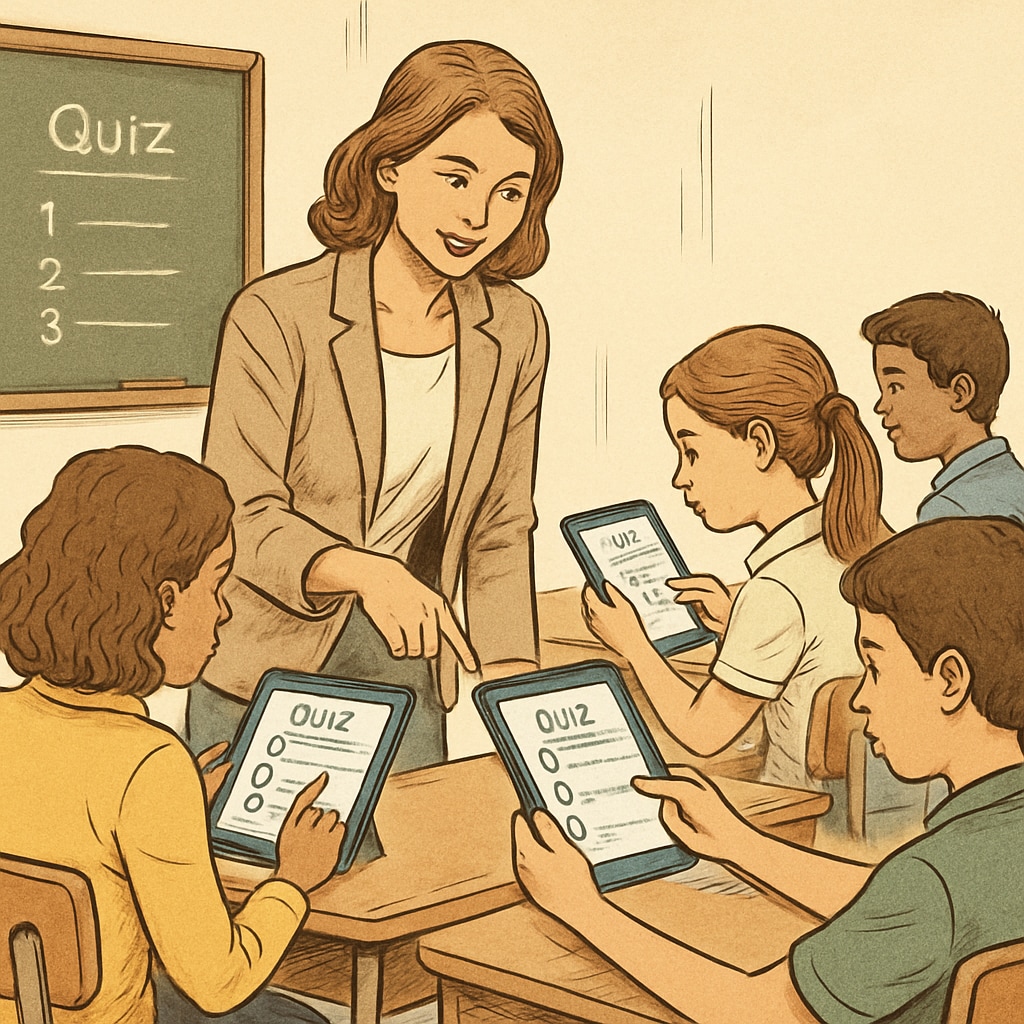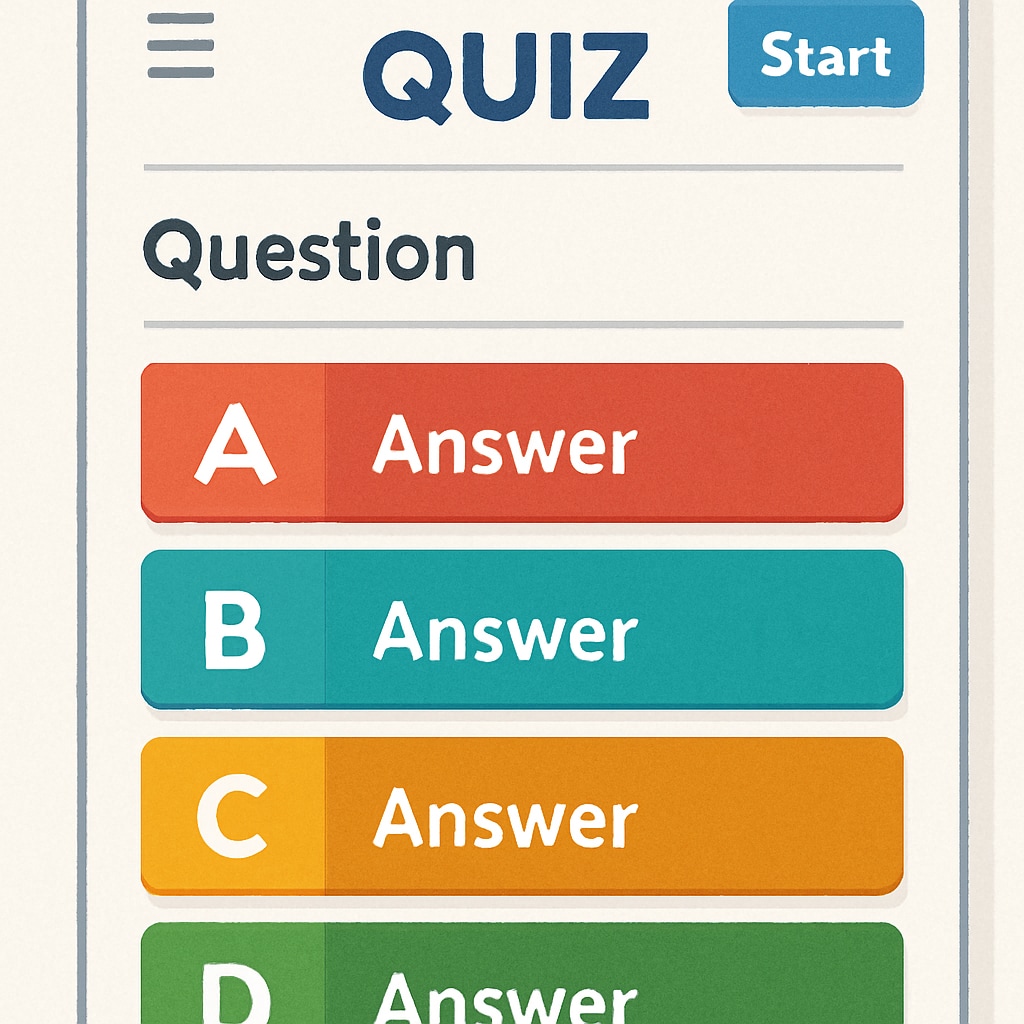High-quality quiz resources for students are the cornerstone of effective education. They provide a structured way to evaluate learning progress, identify knowledge gaps, and tailor teaching strategies to students’ needs. With the increasing availability of online and offline assessment tools, choosing the right ones for K12 students can be daunting. In this article, we explore how educators and parents can identify and select the most effective assessment resources to enhance student learning and meet educational objectives.
What Makes a Quiz Resource Effective for Students?
Not all quiz resources are created equal. Effective tools go beyond simply testing for correct answers; they also foster critical thinking, encourage engagement, and align with curriculum goals. When evaluating quiz tools, consider the following factors:
- Alignment with Learning Objectives: Does the resource address the specific skills and knowledge outlined in the syllabus?
- Flexibility: Can the tool be adapted to different learning styles and paces?
- Feedback Mechanism: Does it provide actionable feedback for both students and teachers?
- Ease of Use: Is the platform user-friendly for students, teachers, and parents?
- Engagement: Does the resource keep students motivated with interactive elements?
For example, many digital platforms now offer gamified quizzes, which transform assessments into engaging activities. This approach not only makes learning enjoyable but also improves retention. According to Britannica’s overview on educational technology, interactive tools have been proven to enhance learning outcomes.

Top Quiz Tools for K12 Students
There is a growing number of quiz tools available, both free and paid. To help narrow your options, here are some of the most effective platforms for K12 students:
- Kahoot!: Known for its interactive and gamified approach, Kahoot! is ideal for group learning and classroom engagement.
- Quizizz: This platform offers varied question formats and integrates well with virtual learning environments like Google Classroom.
- Edmodo Quizzes: A robust tool that allows teachers to create custom quizzes aligned with their lesson plans.
- Quizlet: Particularly useful for vocabulary building and revision, Quizlet uses flashcards and practice tests.
- Socrative: Focused on real-time assessment, Socrative enables teachers to track student progress instantly.
Each of these tools provides unique features tailored to different educational needs, making them versatile options for teachers and parents alike.

How to Choose the Right Quiz Resource for Your Students
While there are many options, selecting the right tool depends on your specific needs. Here’s a step-by-step guide to help you decide:
- Identify Goals: Determine whether the focus is on reinforcing knowledge, preparing for exams, or developing critical thinking skills.
- Evaluate Student Needs: Consider the age range, proficiency levels, and learning styles of your students.
- Test the Tool: Many platforms offer free trials. Use these to assess the tool’s usability and effectiveness.
- Check Reviews: Read feedback from other educators and parents to understand the tool’s strengths and weaknesses.
- Start Small: Introduce the tool to a small group of students first and gather their feedback before full implementation.
By taking these steps, you can make an informed decision that maximizes the tool’s impact on learning outcomes. Additionally, resources like Wikipedia’s guide on educational assessment can provide further insights into best practices.
In conclusion, a well-chosen quiz resource can transform the learning experience for students. By focusing on alignment with educational goals, adaptability, and meaningful feedback, teachers and parents can ensure that assessments are not just a measure of knowledge but a tool for growth.
Readability guidance: Use short paragraphs and lists to summarize key points. Balance sentence lengths and ensure seamless transitions between ideas. This structure keeps the content engaging and easy to follow.


